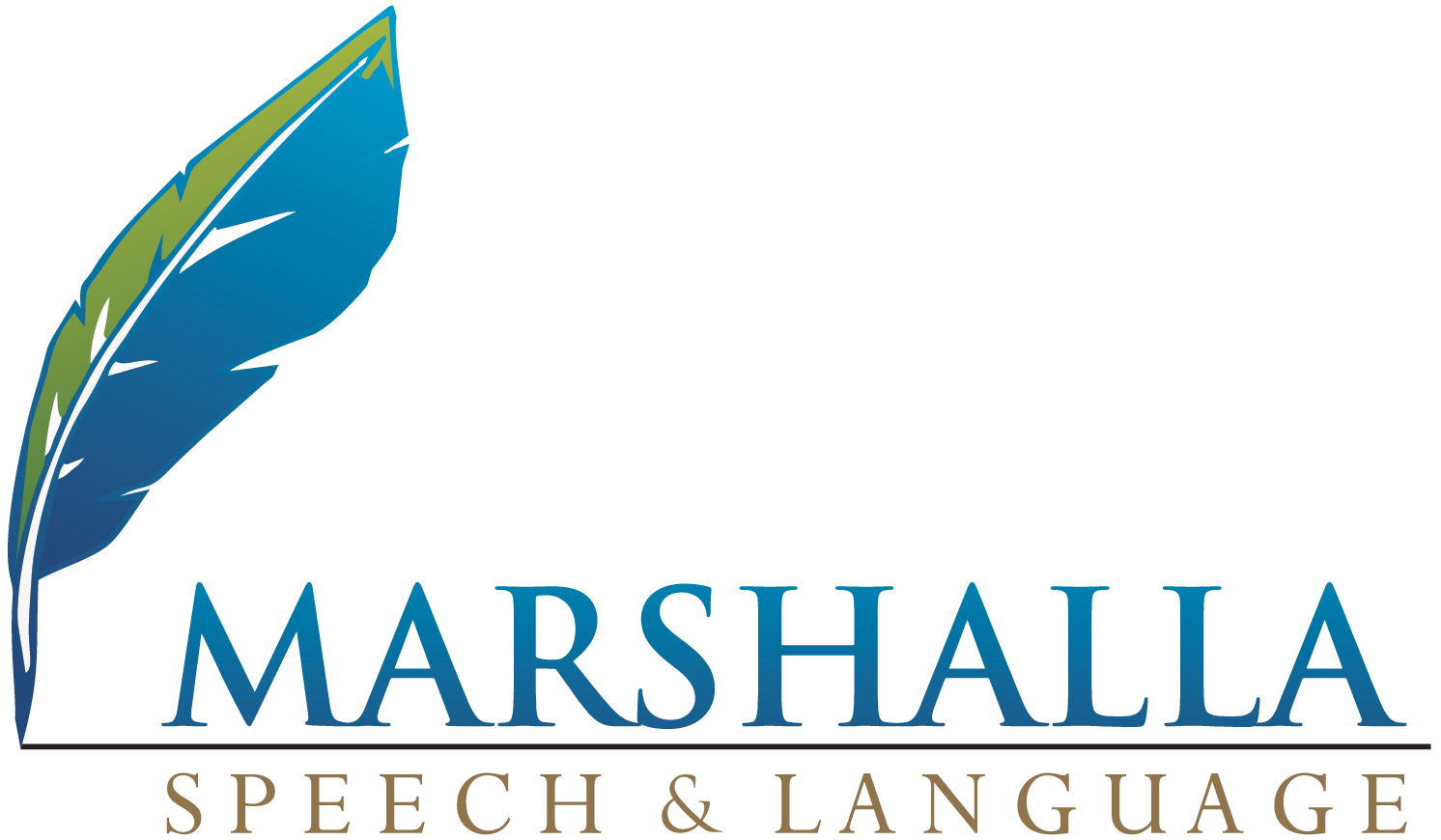Q: Is there an age when surgically altering the lingua frenulum is too late? It is never too late to surgically alter a lingua frenum for improved speech function, except perhaps in the case of degenerative disease. The surgery simply frees the tip of the tongue. It allows the tongue a greater range of movement no matter the age. However, just because the tip is clipped does not mean there is an instant fix to speech. Some clients get very sloppy…
Never Too Late For a Lingua Frenectomy
By Pam Marshalla
